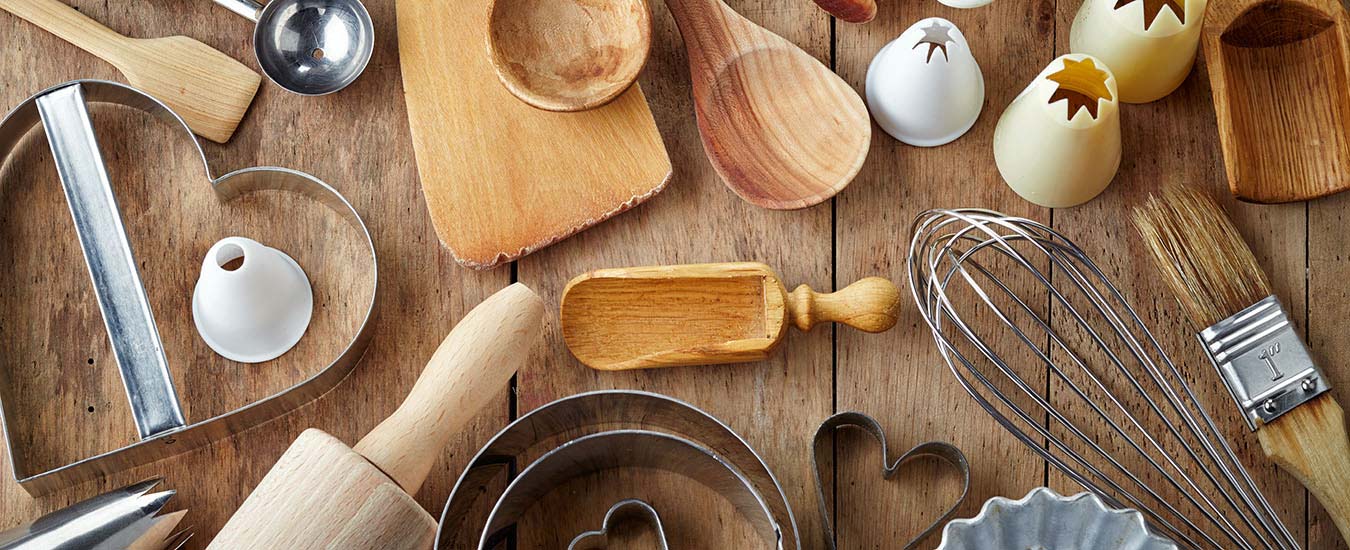You are far from alone in your constant battle with your sweet tooth. Resisting that daunting temptation is a challenge, especially when we have so many factors working against us.
First, the instant pick-me-up from a sugar indulgence is not your imagination. When we eat sugar, it signals the brain to release serotonin (a neurotransmitter that influences mood) and endorphins (neurotransmitters that have pain-relieving properties), giving instant gratification. To make matters worse, sugar is everywhere we look, even in places we may least expect it.
To be fair, sugar is not all bad. It’s our preferred source of energy over fat and protein because the body is more efficient at utilizing sugar as fuel. Essentially, sugar is sugar; whether it comes from natural sources or is added to food and beverages, the body processes it in the same way. Main sugar sources include fruits, sweet vegetables, dairy products and processed foods.
The key to managing your sugar intake is to choose foods that provide more than just a quick sugar fix. The obvious high-sugar culprits—candy, cakes, chocolate and soda pop—provide “empty” calories (and often a lot of fat) that are broken down quickly, providing a spike in energy, followed by a crash and an unsatisfied hunger. A high intake of these foods can lead to weight gain, high blood sugars and elevated triglycerides (a factor in heart disease). It may also increase sugar cravings.
.jpg)
On the other hand, fruits, vegetables, and dairy products provide sugar—but also offer fibre, protein, vitamins and minerals. And in addition to nourishing the body, they slow digestion to maintain fullness and sustain energy. Choosing the healthier sugar options can aid in weight loss, diabetes control and heart health.
How much is too much?
Canada doesn’t have daily sugar recommendations, but the American Heart Association recommends limiting added sugar to 9 tsp/45 mL (150 calories) for men, 6 tsp/30 mL (100 calories) for women per day. Nutrition labels list sugar in grams—4 g sugar equals 1 tsp and 16 calories. As a general rule, go for sugar from natural sources like fruit, vegetables, and milk. According to Statistics Canada, the average Canadian is consuming 26 tsp/130 mL of sugar each day, originating mostly from foods with added sugar, rather than from natural sources.
Sticky Marketing
Sugar sells. It’s an easy, cost efficient and flavourful addition to food. Even if you’ve cut back on the junk food in your diet, that doesn’t necessarily mean you’ve bypassed the sugar overload. Food manufacturers often add extra sweetness where you don’t expect it, while redirecting the focus with misleading health claims.
For example: a cereal may be made with “whole grains” or claim to “decrease cholesterol,” overlooking the fact that a serving is loaded with more than 3½ tsp/17 mL of sugar. Another concern is the healthy spin put on beverages, while in reality those sugary drinks can provide 7 tsp/35 mL sugar per cup/250ml (most bottles are at least two cups in size). This even includes 100 per cent fruit juices.
Cutting back
Reading the ingredient list and nutritional information is key. First, check the serving size. Ask yourself: is that my typical serving size? Then use it when deciphering between products to ensure that the nutritional information is based on equivalent weights/volumes.
Check the list of ingredients, presented by descending weight. Sugar has many names—brown sugar, molasses, honey, maple syrup, sugar cane, corn syrup, high fructose corn syrup, corn sweetener—those ending in ‘ose’ like sucrose, glucose, frustose, dextrose and maltose. Be careful: at times products will contain different types of sugars so they will fall further down the ingredient list, but the total grams of sugar will be listed on the label.
